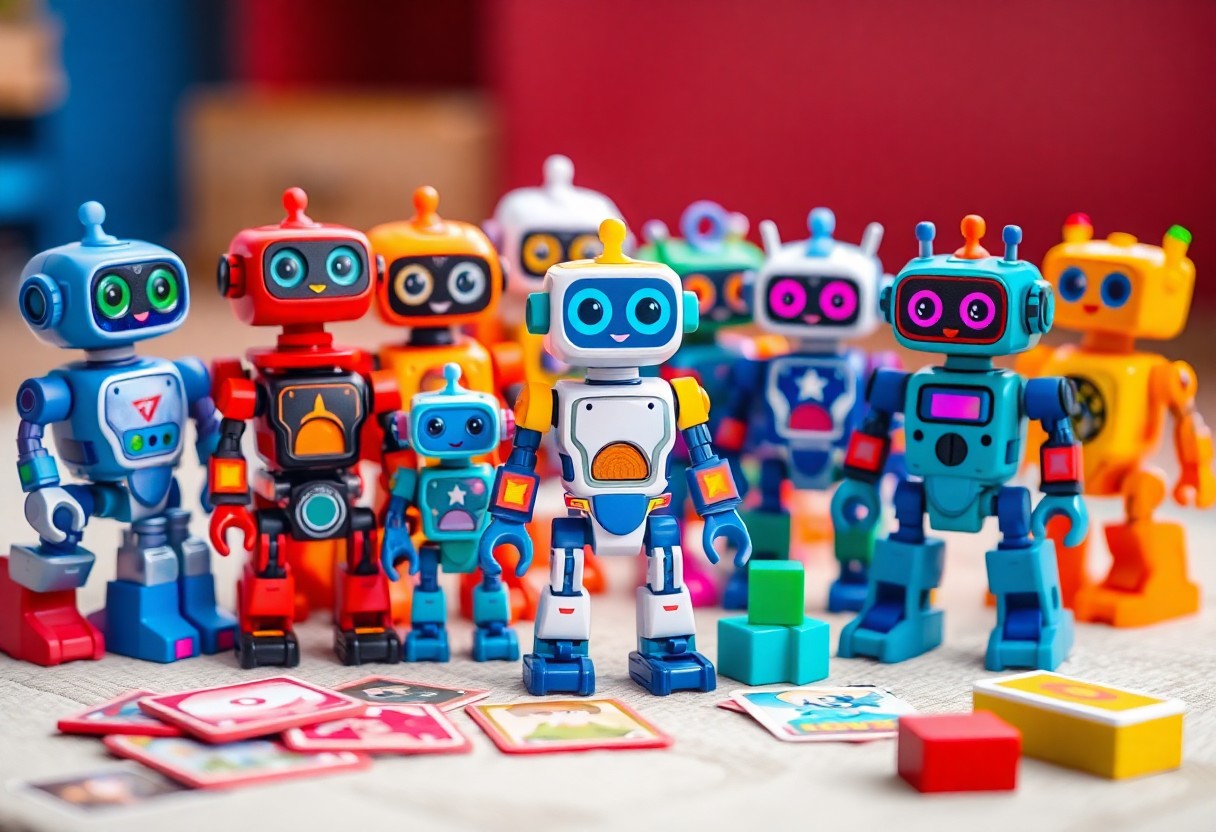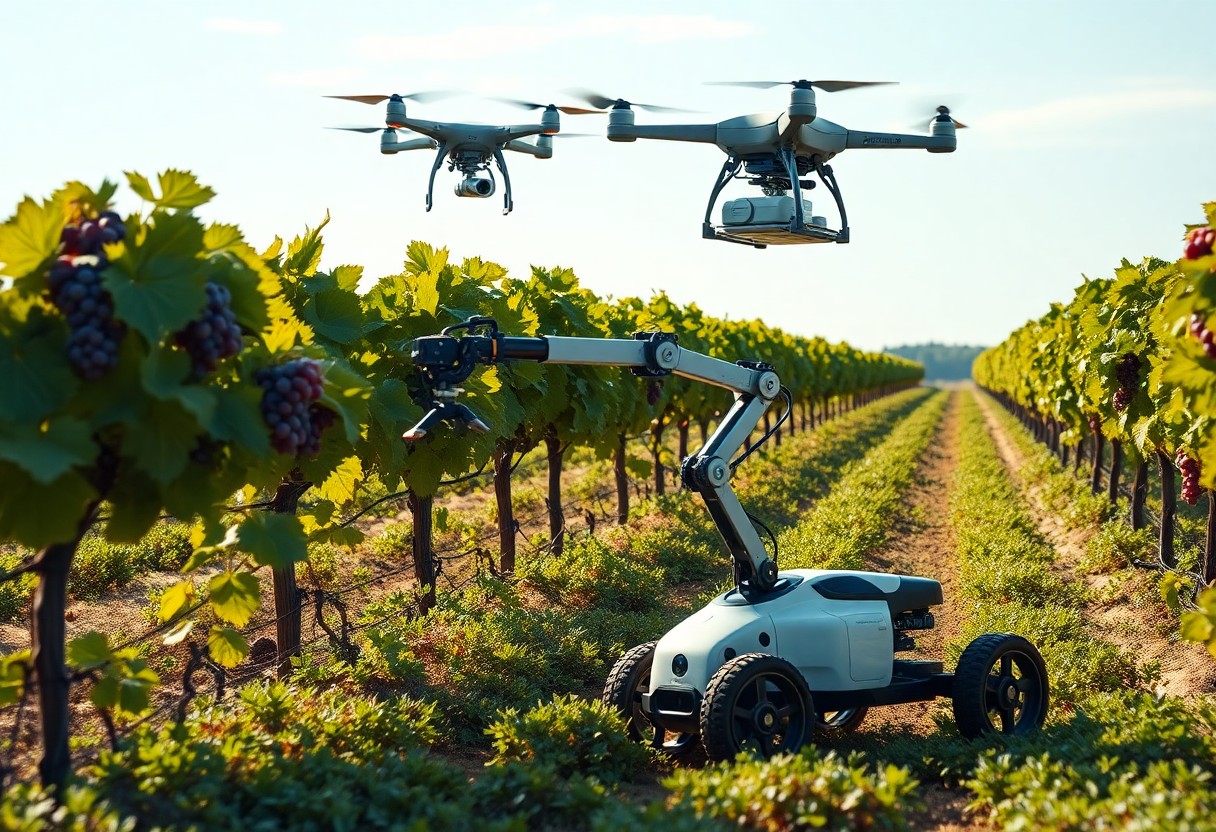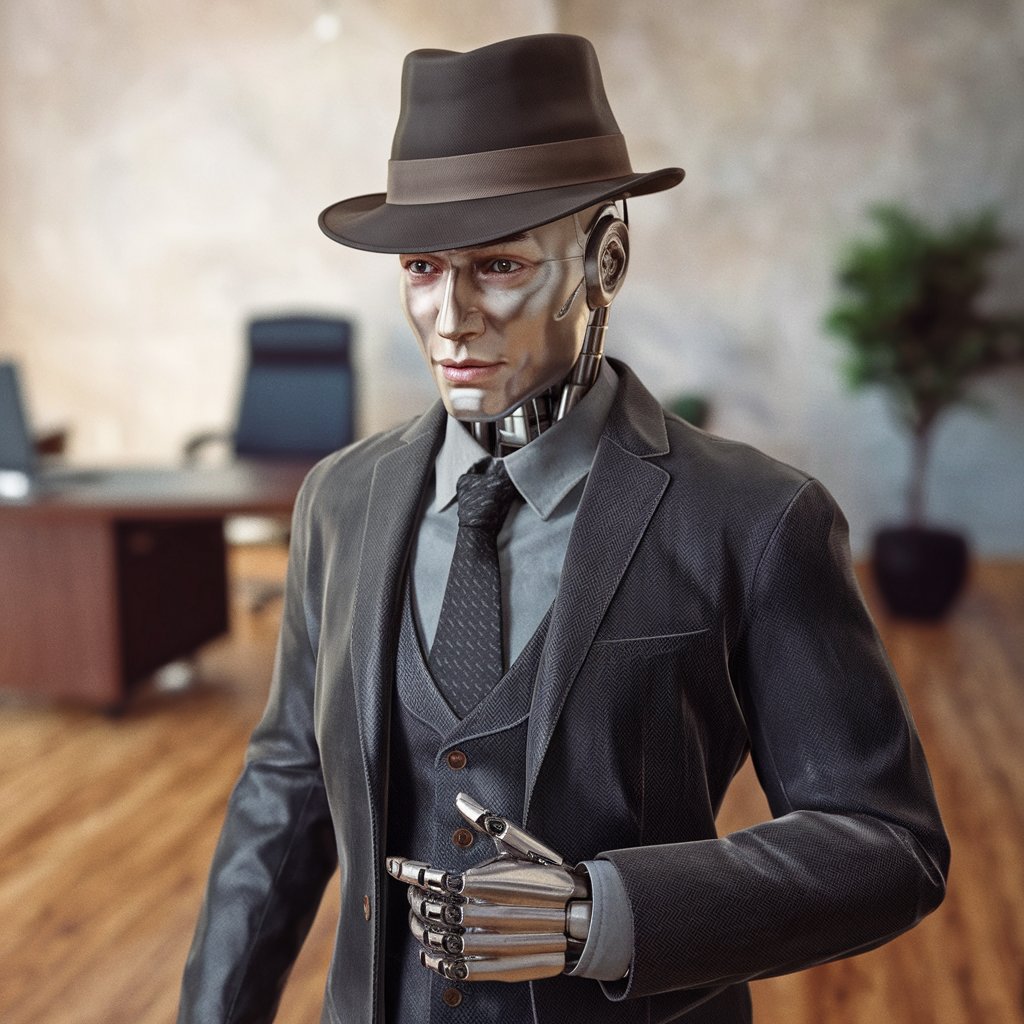There’s a profound shift on the horizon as the Singularity approaches, fundamentally transforming how you engage with robots. As artificial intelligence evolves to surpass human intellect, your interactions with these machines will become increasingly complex and nuanced. This blog post investigates into the potential implications of the Singularity on everyday human-robot dynamics, exploring how enhanced cognitive abilities in robots might reshape your perceptions, enhance collaboration, and redefine the boundaries between human and machine capabilities.
Understanding the Singularity
To grasp the future implications of the Singularity, you need to first understand its foundational concepts and how they reshape technology. The Singularity refers to a hypothetical point in the future when artificial intelligence surpasses human intelligence, leading to rapid advancements beyond our current comprehension. As a result, these developments could fundamentally alter human-robot interactions and your relationship with intelligent systems.
Definition and Concepts
One of the key concepts behind the Singularity is the idea of exponential growth in technology, particularly in artificial intelligence. As machines become more capable of learning and improving themselves, you may find that their role in your daily life evolves dramatically, potentially leading to unforeseen partnerships or challenges.
Historical Context
Along the timeline of technological progress, the roots of the Singularity can be traced back to early computing innovations, but they have gained momentum with the advent of machine learning and neural networks. Major theoretical frameworks and key figures, such as Ray Kurzweil, have shaped the discourse, driving ideas around the potential of machines to replicate or even exceed human intellectual capabilities.
Consequently, the historical context provides you with insight into how far we’ve come and the challenges ahead. Innovations in AI dating back to the mid-20th century, like Alan Turing’s work on computation and the first neural networks, set the stage for today’s advancements. By examining milestones, you can see how each breakthrough influenced the approach towards machine intelligence, laying the groundwork for a future where machines might not only assist but operate independently. The progression of thoughts and technologies raises important questions about your role and interaction with intelligent entities as they become a mainstream part of society.
Current State of Human-Robot Interactions
Assuming you are curious about how humans and robots currently interact, it’s important to note that these interactions have evolved significantly in recent years. Robots are now embedded in various sectors, from manufacturing and healthcare to service industries. Your familiarity with social robots that assist in homes or collaborative robots working alongside you in factories showcases the breadth of this evolution, illustrating how technology is increasingly integrated into daily life.
Existing Technologies and Applications
Among the existing technologies, you might find robots like Roomba vacuum cleaners or autonomous delivery drones particularly interesting. These applications showcase how robots efficiently handle specific tasks, improving productivity and convenience for users like you. You may also encounter robots in healthcare settings, assisting with surgeries or even providing companionship for patients, highlighting their versatility in contributing positively to human lives.
Limitations and Challenges
The current landscape presents several limitations and challenges that you should be aware of. These issues stem from technical constraints, ethical concerns, and the need for better human-robot communication. You might notice that many robots struggle with understanding nuances in human behavior or adapting to unpredictable environments, which can hinder effective interaction.
At the heart of these limitations, you face challenges like the lack of robustness in robot software and hardware. You might also experience frustration when robots fail to interpret your cues or make errors in judgment during critical tasks. Ethical considerations further complicate interactions, as transparency in AI decision-making and the potential impact on employment are ongoing debates. As you observe, addressing these challenges is crucial for fostering smoother and more effective human-robot collaborations in the future.
Predictions for Post-Singularity Interactions
While the landscape of human-robot interactions will significantly transform in a post-singularity world, you can expect an increase in autonomy and adaptability from robots. Advanced AI will facilitate seamless communication, enabling robots to learn and evolve from their experiences with humans, ultimately fostering deeper connections between you and the machines that assist you in your daily life.
Enhanced Communication and Collaboration
To optimize your interactions, AI-driven robots will leverage natural language processing and body language interpretation, leading to smoother collaborations. As these technologies progress, you may find that robots are able to understand and respond to your emotional cues, allowing for more intuitive and productive working relationships.
Emotional and Ethical Considerations
On your journey through post-singularity interactions, you’ll need to navigate the emotional and ethical implications of collaborating with advanced robotic entities. As these relationships deepen, you’ll face questions about trust, dependency, and the moral treatment of sentient machines.
The relationship between humans and robots will raise significant emotional and ethical considerations. You may grapple with the complexity of forming attachments to machines that exhibit human-like behavior and emotions. As you engage with robots on a deeper level, the ethical implications of their use and the potential for exploitation or emotional manipulation will demand careful consideration. Thus, fostering healthy relationships between humans and robots will require a new framework that addresses these challenges and guides your interactions in a responsible manner.
Impacts on Employment and Society
After the advent of the Singularity, human-robot interactions may influence your employment landscape, leading to a shift in societal structures. As robots become more capable, your relationship with technology will evolve, affecting job security, economic stability, and everyday life. The challenge lies in adapting to new realities where automation and artificial intelligence reshape various industries, requiring you to rethink your role in the workforce and society as a whole.
Job Displacement vs. Creation
Above all, the Singularity may bring both job displacement and new opportunities. While certain roles may become obsolete due to automation, new industries will likely emerge, demanding a different skill set. This paradox requires you to stay adaptable and embrace lifelong learning to thrive amid these changes in your career landscape.
Changes in Daily Life and Human Roles
After experiencing the Singularity, your daily life may see significant changes, as robots begin to take on more responsibilities traditionally held by humans. You might find yourself sharing your workspace with intelligent machines, altering your approach to tasks and collaboration. The nature of human roles will shift, leading you to focus more on creativity and emotional intelligence, areas where robots may struggle to excel.
Society will also adapt to these new dynamics, shifting to a landscape where human skills complement robotic capabilities. You may need to embrace flexibility as teamwork with machines becomes the norm, requiring you to develop new skills and foster collaboration. This evolution may encourage a greater emphasis on interpersonal skills, allowing you to carve out a unique role that leverages your strengths in communication and creativity. As robots handle repetitive tasks, you can focus on innovation and problem-solving, reshaping how you contribute to your profession and society.
Potential Risks and Ethical Concerns
Your journey into the landscape of human-robot interactions inevitably raises several risks and ethical concerns. As robots become increasingly integrated into your daily life, the need to consider implications—such as autonomy, control, privacy, and security—grows more pressing. These issues not only challenge your understanding of what it means to coexist with intelligent machines but also compel you to scrutinize the moral responsibilities that arise with advanced technology.
Autonomy and Control
On examining the autonomy of robots, you might question who holds authority over machines that can make choices independently. As robots become smarter and more capable of self-governance, your relationship with them may shift from mere users to overseers. Ensuring that you maintain control while enabling their autonomous functions poses significant ethical dilemmas and operational challenges.
Privacy and Security Issues
About privacy and security, your data becomes a vital focal point as robots gather and process personal information. The potential for misuse or unauthorized access heightens the importance of safeguarding your data from breaches. As robots increasingly interact with you and your environment, the complexities surrounding consent and data ownership warrant close examination.
Concerns regarding privacy and security are amplified as robots require extensive data to function effectively. You may find your personal information being collected for analytics, diagnostics, or even behavioral customization. This raises questions about consent, as you may not always be aware of what data is being harvested, and by whom. With each interaction, the risk of data breaches or misuse increases, necessitating robust protocols to protect your sensitive information and ensure that your interactions with robots remain secure and respectful of your privacy rights.
Preparing for the Future
Despite the rapid advancements in robotics and AI, it is vital for you to be proactive in preparing for the singularity. Understanding how these changes may shape your interactions with robots will equip you to navigate a future where human and robot relations become increasingly intertwined. Embracing knowledge and adaptability will empower you to thrive in this evolving landscape.
Education and Training
Across various educational institutions, there is a growing emphasis on integrating robotics and AI into curricula. You can enhance your skills and understanding of these technologies to better prepare for future interactions. Engaging in lifelong learning will ensure you remain relevant and equipped to collaborate effectively with robots.
Policy and Regulation
Along with education, the establishment of thoughtful policies and regulations is necessary to guide the integration of robots into society. These frameworks will help you understand the ethical use of technology and protect your rights as a user and citizen.
This will involve collaboration between governments, industries, and educators to create guidelines that foster innovation while addressing safety and ethical considerations. You will want to stay informed about emerging policies to ensure they align with your values and aspirations. By engaging in community discussions and advocacy, you can contribute to shaping an environment where human-robot interactions are beneficial and safe for everyone involved.
Conclusion
Considering all points, the Singularity will likely revolutionize human-robot interactions by enhancing emotional intelligence, adaptability, and cognitive abilities of robots. As these machines become more autonomous and intuitive, you may find them integrated into your daily life in ways that foster collaboration and understanding. This transformation could redefine your relationship with technology, making interactions more seamless and enriching. Embracing this evolution may enable you to harness the full potential of robots as allies in various aspects of your life, from personal assistance to complex problem-solving.






